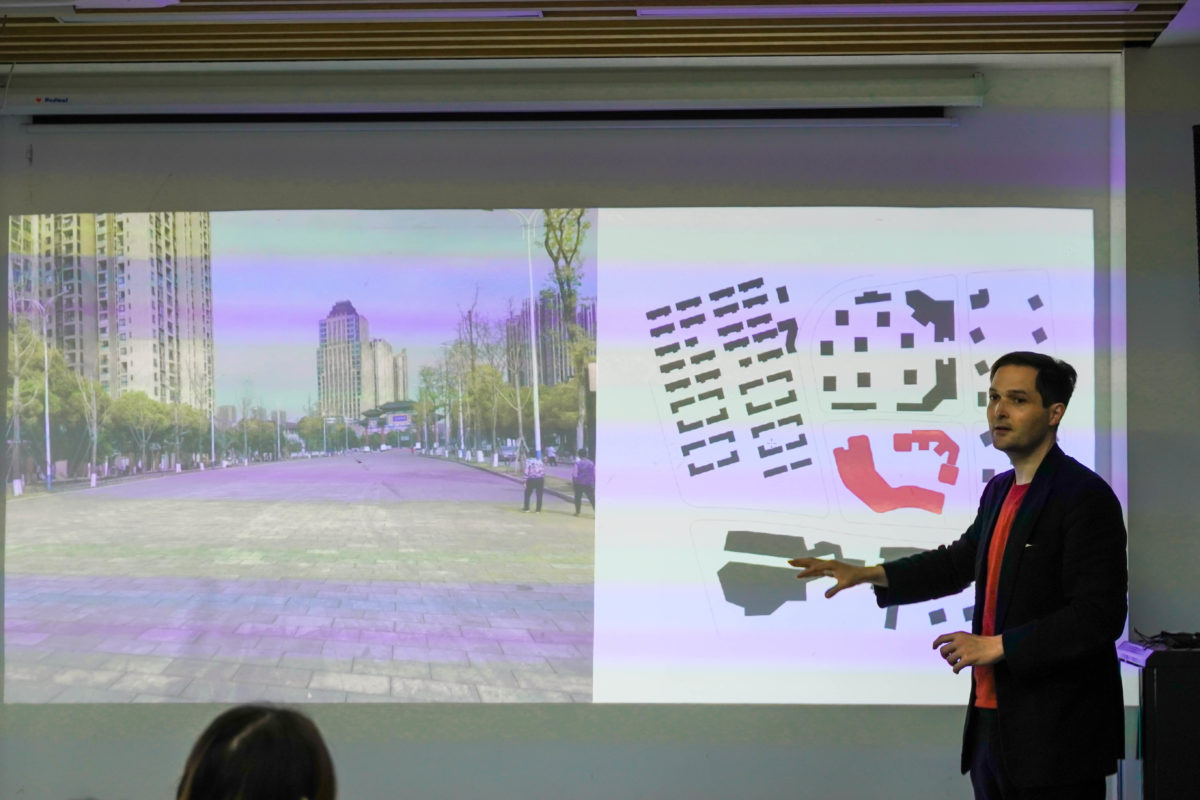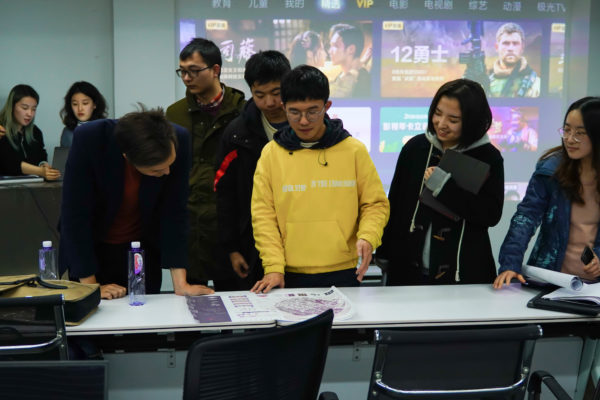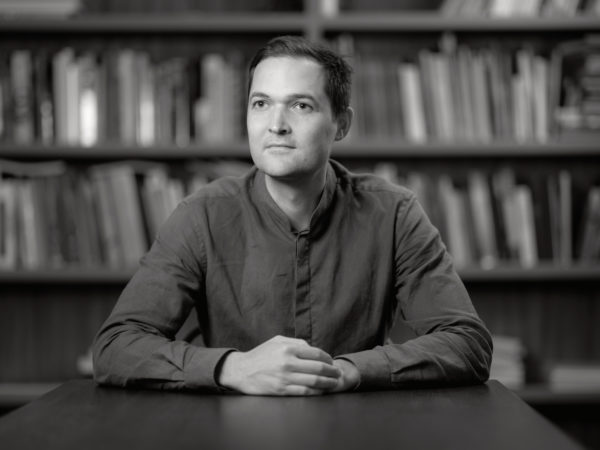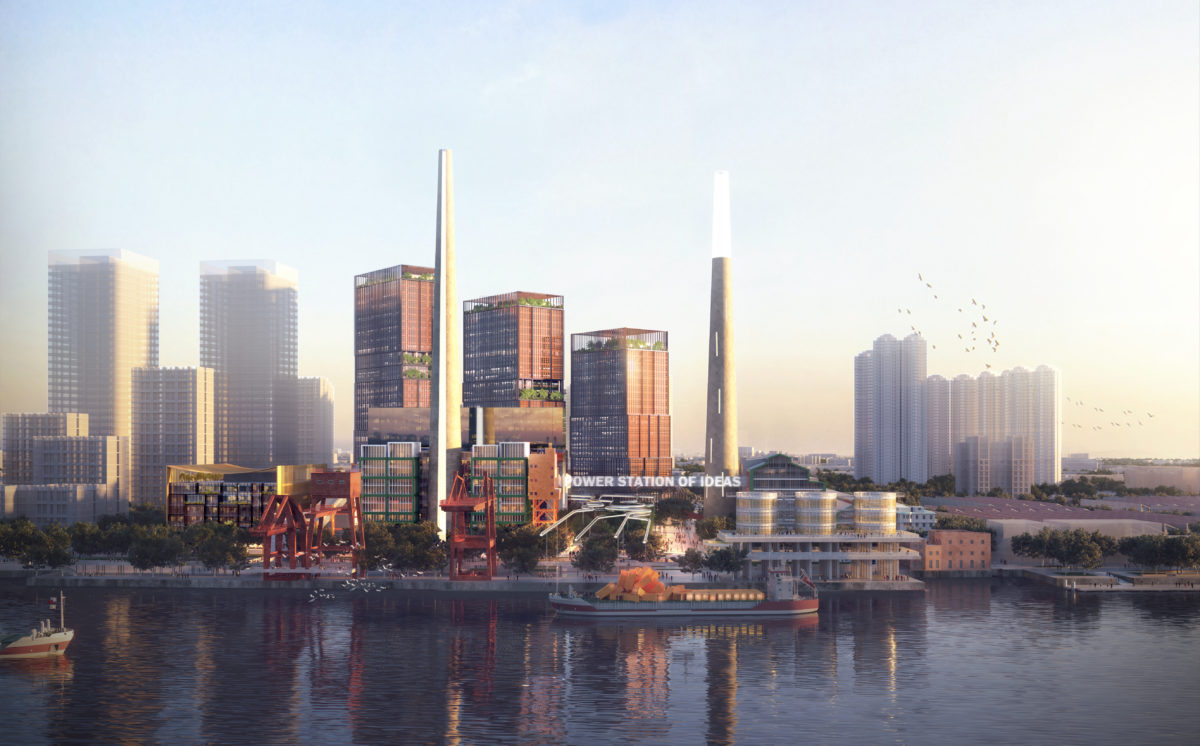Gregory Kovacs, Design Director at Benoy based in Hong Kong and Shenzhen, was invited as a guest lecturer at the Department of Architecture at the prestigious Shanghai Jiao Tong University (SJTU). The Department of Architecture in SJTU hosts leading thinkers and speakers from the academia and industry to discuss the ways contemporary cities can tackle emerging and future urban challenges. Gregory’s lecture formed part of the elective learning module for the undergraduate urban design studio.
Recently, Gregory has focused on how we can create sustainable architecture by redeveloping unsuccessful buildings and turning these neglected parts of our cities into new centers for their local communities. His projects bring together technology, local culture, environmental sensitivity, and commercial success into inspiring, lasting destinations.
Speaking on the topic of ‘Technology, Culture, Community: Where Does the Future Begin?’, Gregory shared his insight about future city and architecture design, touching on specific projects and case studies which span the fields of architecture, interior design, computation and art. Moving fluidly amongst these disciplines allows Gregory to inject new perspectives to his projects.
Gregory delved into three specific projects which demonstrate how technology and culture work together to create spaces that bring people together and spaces that create communities and promote social sustainability.
Houhai Center works with a culture of Shenzhen that is very much technology oriented. It creates a resilient, flexible office tower that can be reconfigured in many ways and projects a new way of working for the future. It also brings public and private together in a physical space, in the same way social media has done across the internet, promoting social connection and community.
Yongchuan Li brings together traditional local Sichuan culture with digital technology to create a dynamic multimedia façade. Spatially, it creates a pedestrian friendly town centre — something which has been missing from the local district. It achieves environmental sustainability via an environmentally friendly streetscape with large canopies and green terraces that work with the local climate.
The Shanghai Power Station repurposes a series of precious heritage buildings to create a vibrant, creative neighbourhood for high tech companies but also a new, cool destination within Shanghai. The vibrant street life becomes one of the key amenities of the tech offices and brings together culture, entertainment and retail, making for a financially sustainable and lasting destination.
The lecture generated a very active discussion; the originally planned 10 minutes Q&A session stretched to almost an hour. The event finished with interactive design reviews where each team of students presented their ongoing projects.
We are pleased at the opportunity to partner with Shanghai Jiao Tong University (SJTU) and to share design insights from key Benoy projects led by Gregory Kovacs.
About Gregory Kovacs
Gregory Kovacs trained as an architect and engineer at Budapest University of Technology and the Architectural Association in London, receiving the RIBA Goldfinger Award in 2007. Later he taught at the Diploma and Intermediate Schools of the Architectural Association and was a unit master at the undergraduate school of the Bartlett UCL. While working at Heatherwick Studio and leading projects like the Fosun Foundation building in Shanghai, he also founded the computational design team of the practice.
Gregory relocated to Asia in 2017 and has been the Design Director of Benoy based in Hong Kong and Shenzhen. Gregory Kovacs was recognized at the annual Perspective ’40 under 40’ Awards in 2018. The leading architecture and design publication honoured 40 future leaders of Asia’s design industry at a ceremony in Hong Kong. Most recently his Shenzhen Headquarter tower received both the Best Future Project and the Excellent Design Award at the 2020 World Architecture Festival (WAF) China Awards.










